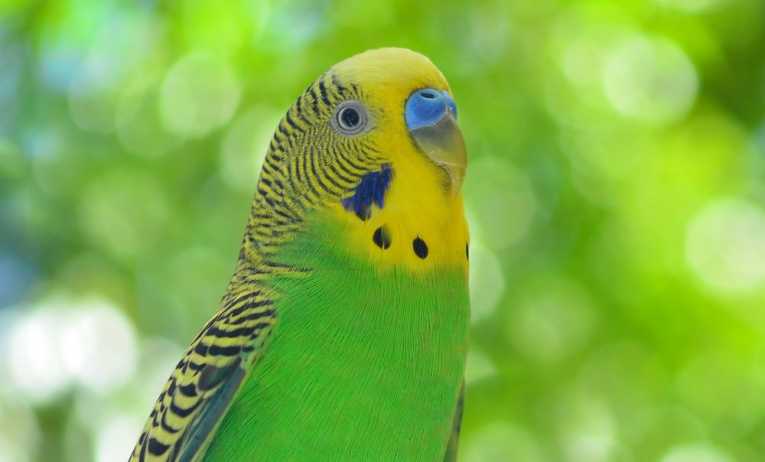When we look at birds in flight, the approach is to compare natural flight with our own current needs in aircraft such as drones. But the sheer natural joy of flying in all its mechanics and aesthetics can’t be forgotten. Ask any budgie in a cage !
Ingo Schiffner, Hong D Vo, Partha S Bhagavatula and Mandyam V Srinivasan of the University of Queensland in St Lucia, Australia reached how the budgerigar, Melopsittacus undulate, negotiated a vertically-oriented gap. Evasive manoeuvres during flight are probably one of the more advanced movements birds ever make. They publish their paper in Frontiers in Zoology as - Minding the gap: in-flight body awareness in birds.
Wing closure as the budgie approaches the gap only takes place if the gap is within 6% of the bird’s wingspan. The closure causes loss of altitude and manoeuvrability, which would explain why the precision is needed. Birds may not be consciously aware off their wingspan; they could automatically react, but that is for another research programme.
The 8 birds were flown 490 times through the gaps without any major collisions. In 8% of cases, there was slight contact with the cloth panel, but there was never any indication that budgerigars have any problem negotiating passages narrower than their wingspan. They simply closed their wings when necessary.
With humans, we adjust to gaps by estimating the size, while toads have been judged to make a detour if a gap is less than the size of their head. The information for the bird would seem to be visual. Air currents caused by boundary airflows couldn’t be assessed because the bird is far from the gap when wing closure takes place.
What is likely is that the checkerboard pattern on the cloth panels helps the birds. The slight collisions were much more common when a white cloth was used (up to 23%.) The nature of these visual cues could be related to the size of the gap as the bird approaches. We don’t yet know if birds have a speedometer. The speed of the budgie would be estimated from its air speed or the rate of wing flaps, but here is another source of new research.
The extreme precision of the budgerigars’ assessment of gap size is related to their awareness of their size (wingspan.) We can only be in awe of natural flight, as with a study of Anna’s humming bird, as it deals with rain drops that are giant compared to its own size:- Humming birds in the rain. Let’s hope more of this information reveals how all flying animals produce aerial locomotion in ways that reveal much more efficiency than human aeronautics.










